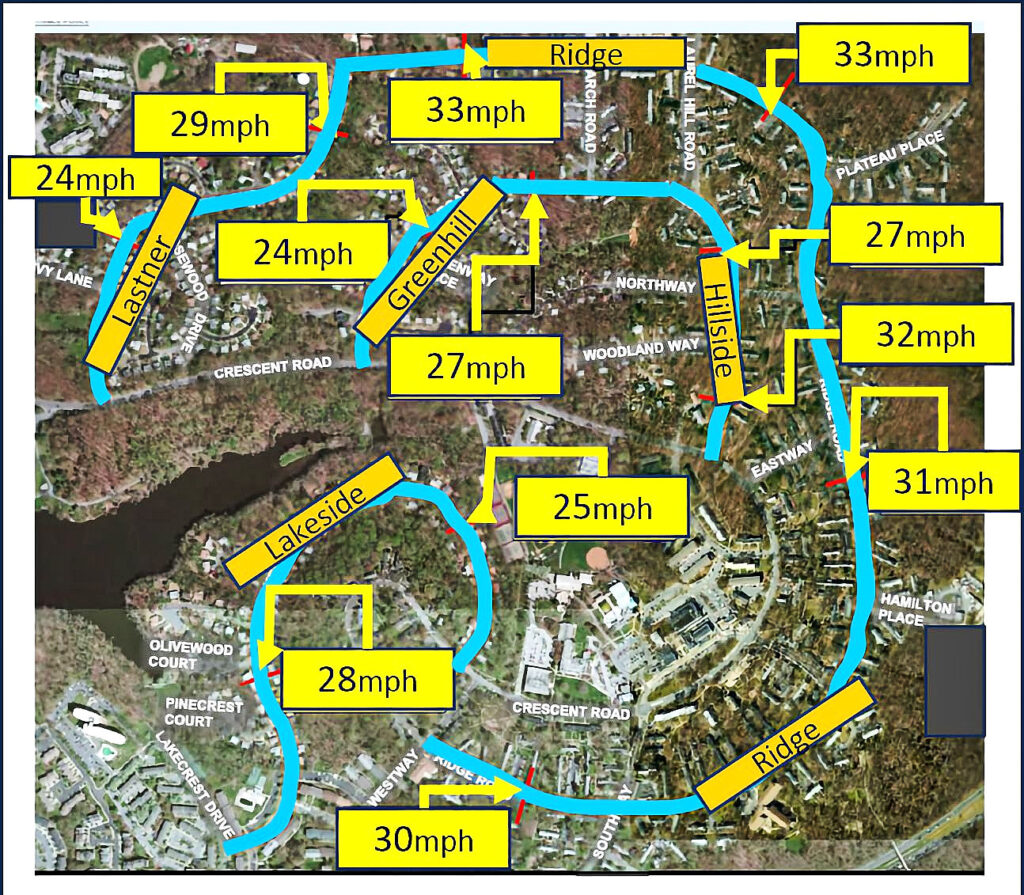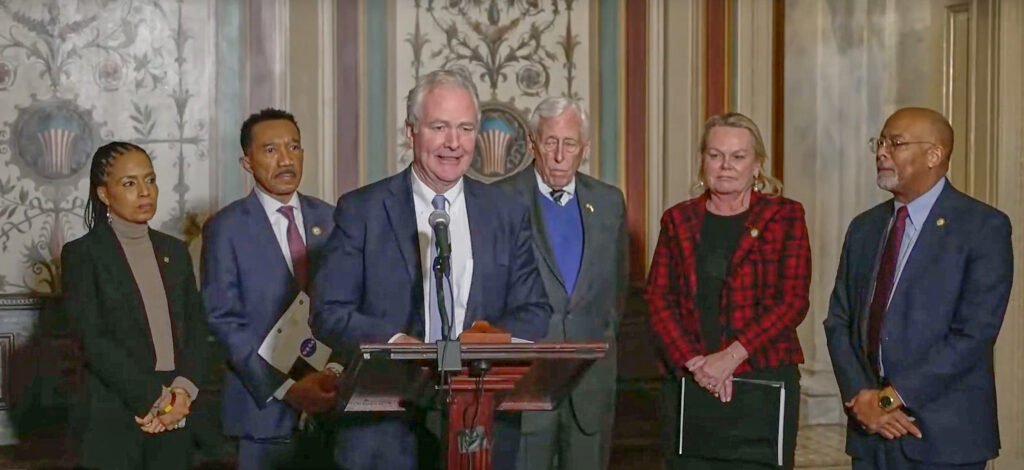A spirited discussion was had at the Greenbelt City Council meeting on March 1 concerning a recent report issued jointly by the Forest Preserve Advisory Board (FPAB) and the Greenbelt Community Gardens Club (GCGC). The report is an analysis and prescriptive proposal on how best to address the issue of shading that the Forest Preserve (FP) is exerting on the community gardens within their midst, which is impeding growth in the gardens. The crux of the debate centered around whether entire trees need to be cut, or not, in the FP to solve the problem. Beyond the possible environmental toll, the tree-cutting issue is even more urgent when considering that the FP has already shrunk from 800 to 200 acres over time and that the maglev proposal, if approved, could pose another threat to the FP. The gardens discussed are located at Gardenway, Henry’s Hollow (across from the Greenbelt Homes Inc. offices) and Hamilton Place.
Currently, an 8-foot buffer separates the FP from the gardens. Yet, high trees and overhanging limbs are now casting increased shade. The east and west sections of the gardens are the most impacted by shading with the south having moderate issues and the north very little.
After two rejected options, both of which included significant tree removal, a final plan was presented to council. The plan includes the removal of branches over the 8-foot buffer; the cutting of roughly 150 trees; the conversion of former gardens into forest gardens; the delineation and protection of historical sites (these being, Hamilton Cemetery and Hamilton Homestead); the removal of wisteria patches and their conversion into open gardens; and, the management of invasive plant species along the garden edges. After five years, the area would be reassessed for further management. Trees casting shade standing above 50 feet and 70 feet, depending on the area, were the ones mostly earmarked for removal.
In the opinion of FPAB member John Paul Schmidt and GCGC member Stephanie Warner, who presented their analysis, the number of trees removed would not impinge destructively upon the FP as a whole. Schmidt felt that the mandate given by council was to ensure the long-term future of both the FP and the gardens, thus requiring a compromise. Warner said that the removal of trees was carefully considered and not taken lightly. Warner explained that her data were thorough and objective and done through the use of a Solar Pathfinder instrument, which can determine exactly the amount of sun to a specific location over the course of a year. The project would likely be done in phases over the course of several years, said Schmidt. Warner stressed that the health of the gardens and the FP was of equal imperative.
Councilmember Rodney Roberts was adamant that not a single tree be cut and that other options should be studied, citing shrinking of acreage over time, environmental degradation and the maglev threat. He expressed frustration over the frequent attacks to the FP over the years through proposed development. He suggested an adjoining, treeless city property along Mandan Road be converted to gardens as it currently lies unused.
Resident Mary Ann Canter echoed his sentiments, informing on the many benefits that trees provide such as oxygen production, lowering of air temperature, soil stabilization and erosion prevention, carbon sequestration, pollution control and a general boost to mental well-being. The combined financial loss from roughly 160 trees being cut is estimated at $8 million.
Resident Clara King pointed out what she called an “exaggeration” in the report in regard to the amount of sun needed to grow various plants, citing data provided by the Maryland Extension Service, which indicated lower necessary amounts of sun than was presented in the report.
The idea of doing a pilot program over a small area was put forth by Councilmember Judith Davis and some of the experts at the meeting, such as NASA scientist Keith Jahoda.
Warner laid out a plan for a forest garden in the southern plot of the Gardenway gardens that would include plants suited to shade and the removal of invasive species to be replaced with native flora. Her main goal would be to attract pollinating and beneficial insect species along with songbirds, with the human yield a secondary concern. With a budget and plenty of volunteer assistance, the work could move along sooner than not.
Director of Public Works Jim Sterling indicated that he felt his department could handle most of what the report proposed quickly, in-house and within budget with perhaps some need for outside contracting in the removal of the taller trees. He awaited approval from council on a plan in order to provide a cost estimate. Overall, he was very impressed with the plan.
Warner and GCGC member Bob Trumbule emphasized the significant percentage of produce derived from the gardens that was part of GCGC gardeners’ yearly diet. Skillful techniques allow growth all year long.
Davis hoped for a trip to the FP and gardens when the trees are in leaf to get a better assessment of the situation. She broached the idea only of cutting back limbs for the moment, which Sterling indicated could be done without adverse effect to the trees. She felt that any action taken would best be postponed as it is not part of the current year’s budget.
Trumbule informed council that the gardens were never conceived as a separate entity from the FP, acknowledging that compromise was part of the plan to preserve both and that both required a unique form of management.



